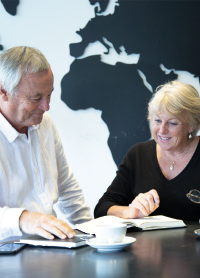
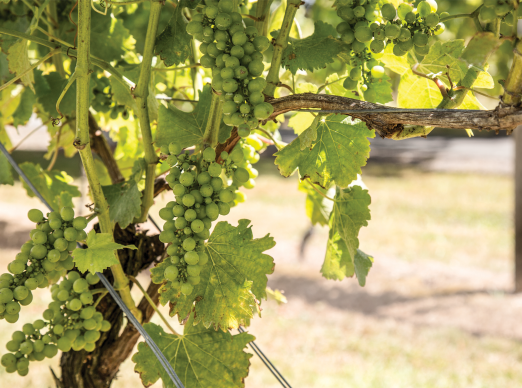
Our historic estate dates back to 1868 when the Kerr-Taylor family, one of the first early settlors in Auckland, set it up as their country retreat and hunting lodge.
Descendants of the Kerr- Taylor family still retain close connections to the site, with one working in our winemaking team. Established in 1976 as Matua Valley Wines by Bill and Ross Spence (close friends of current owners and Bill is The Hunting Lodge Board Member).
Purchased by Treasury in 2004 to use as their NZ Head Office.
Purchased by the Sutton Family in 2016 and lovingly restored, revamped and rebranded as The Hunting Lodge.
It’s who we are
how we behave
and what we offer
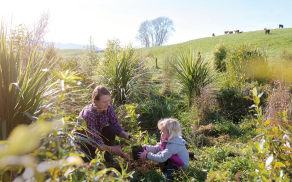
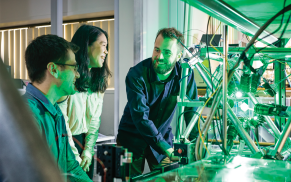
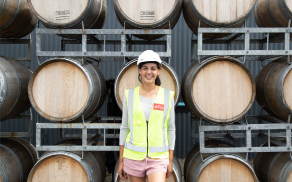
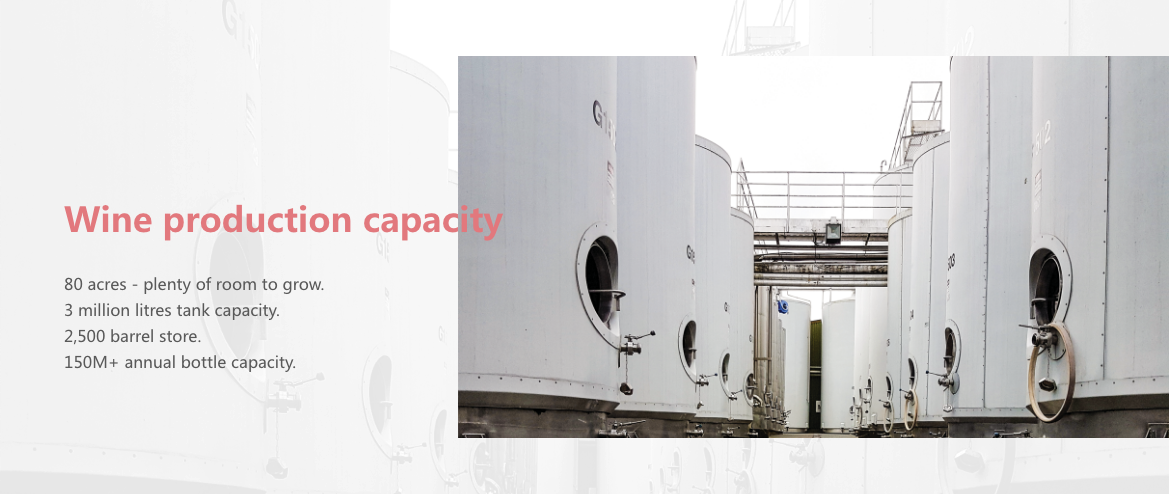


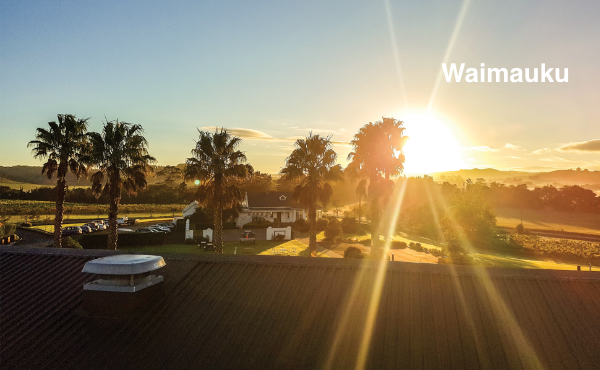
One of New Zealand’s oldest wine regions established in the early 1900s.
Home of the first commercially grown Sauvignon Blanc. Volcanic, clay-rich soils, a temperate maritime climate. New Zealand’s largest city (1.57m residents). West Auckland (our home) is renowned for it’s internationally recognised elegant Chardonnay and stylish Merlot. West Auckland is also known for it’s fresh produce including strawberries (one of the best places to stop for real fruit ice cream in the summer months), waterfalls, native flora & fauna and rugged black sand beaches.
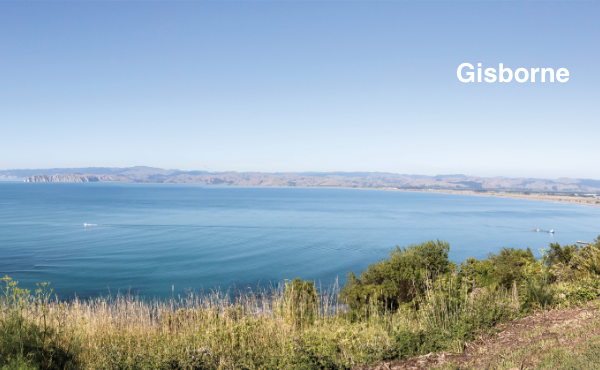
2,180 hours average annual sunshine 1,051mm average annual rainfall
1,350 hectares of total wine production 4% of total New Zealand wine production
Gisborne’s 36,600 residents are the first in New Zealand to see the sunrise.
This relatively remote area rewards those who take a trip east with a diverse range of wines on offer.
Chardonnay is the dominant variety followed by Pinot Gris among many including Sparkling wines (home to Lindauer cellars). Diverse growing spaces of hilly landscapes and lush lowlands offering a range of clay and silt loams and heavier clay soils.
Gisborne is also known for it’s high amount of sunshine - a great place to enjoy the outdoors with lots options for nature lovers including fishing and surfing.
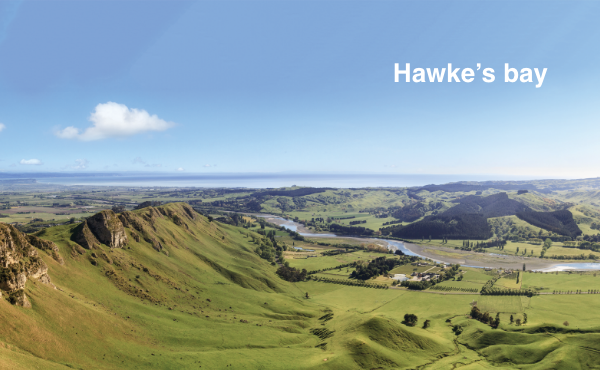
2,252 hours of average annual sunshine. 810mm average annual rainfall.
4,641 hectares total wine production. 10% of total New Zealand wine production.
New Zealand’s second largest wine region, which has been producing fine wine since 1851. International reputation for producing high quality Cabernet & Merlot blends, Syrah, Chardonnay, Pinot Noir and an impressive arrange of aromatic white wines. The warm climate and lengthy growing season with heat summations somewhere between Burgundy and Bordeaux. Diverse soil types ranging from alluvial over gravely sub-soils to sandy loams over clay pans. A well-established wine tourism trail offers a wide variety of experiences, regular food and wine festivals and showcases the region’s art deco architecture.
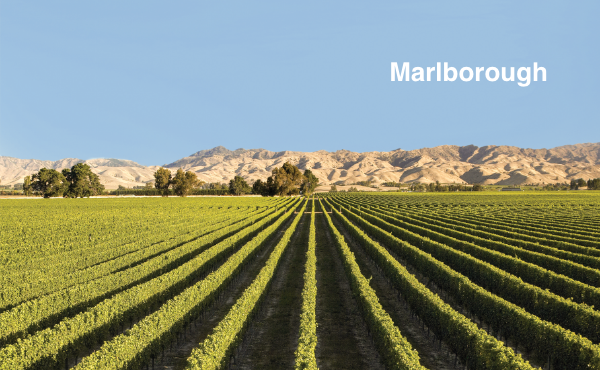
2,409 hours of average annual sunshine. 655mm of average annual rainfall.
24,109 hectares of total wine production. 60% of total New Zealand wine production.
New Zealand’s largest wine region and one of the most sunny and dry regions. World famous for New Zealand Sauvignon Blanc. Offers a huge range of varieties, from Pinot Noir to Chardonnay and aromatics. Diverse ancient, glacial, free-draining soil and meso-climates. Marlborough is not only about world famous Sauvignon Blanc, it is also about fresh seafood by the world’s finest chefs, and diverse landscapes - from valleys of vines to sheltered waterways.
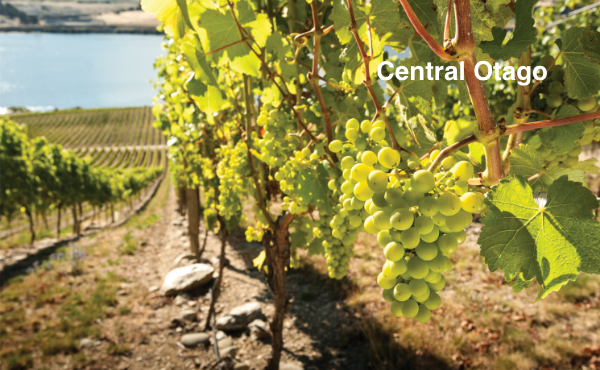
2,025 hours of average annual sunshine 360mm of average annual rainfall
1,921 hectares of total wine production 2% of total New Zealand wine production
New Zealand’s southern most wine region.Historically noted as pre-eminently suitable for winemaking (Bragato, 1895), the region’s first Gold Medal was for Burgundy in 1881. Moderately old, windblown loess (silt) formed over successive ice ages by glaciers grinding schist rock into a fine flour, interspersed with river gravels and sandy soils. Free draining even when heavy in texture. Renowned for producing Pinot Noir, aromatics, Chardonnay and Sauvignon Blanc. Besides wine tourism, Central Otago captivates visitors with its soaring snow-capped mountains and glistening rivers nestled deep within ravines.
